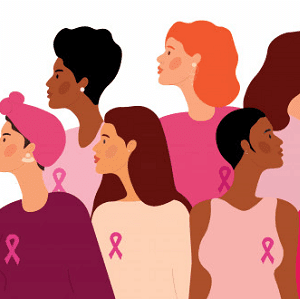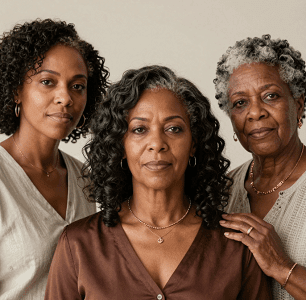A new report from the American Cancer Society reveals a complex landscape of breast cancer trends in the United States. While overall mortality rates have plummeted by 44% since 1989, saving an estimated 517,900 lives, significant racial disparities continue to cast a shadow over this progress.
The study, published in CA: A Cancer Journal for Clinicians, highlights a troubling disparity: American Indian and Alaska Native women have seen no improvement in breast cancer mortality rates over the past three decades. This stands in stark contrast to the general downward trend observed in other groups.
Black women face a particularly challenging situation. Despite having a 5% lower incidence rate of breast cancer compared to White women, they suffer a 38% higher mortality rate. This discrepancy is attributed to various factors, including lower rates of early-stage diagnosis and poorer survival rates across most breast cancer subtypes.
Asian American and Pacific Islander women are experiencing the steepest increase in breast cancer incidence, with rates rising by 2.5% to 2.7% annually. This trend is especially pronounced in women under 50, where incidence has surged by 50% since 2000.
Dr. William Dahut, chief scientific officer at the American Cancer Society, emphasizes the urgency of addressing these disparities: “Women today are a lot less likely to die from breast cancer, but alarming disparities still remain, especially for Asian American, Pacific Islander, Native American and Black women.”
The report underscores the need for targeted interventions to ensure equitable access to high-quality screening and treatment for all women, regardless of race or ethnicity.
See “Breast Cancer Mortality Continues Three-Decade Decline but Disparities Remain” (October 3, 2024)



